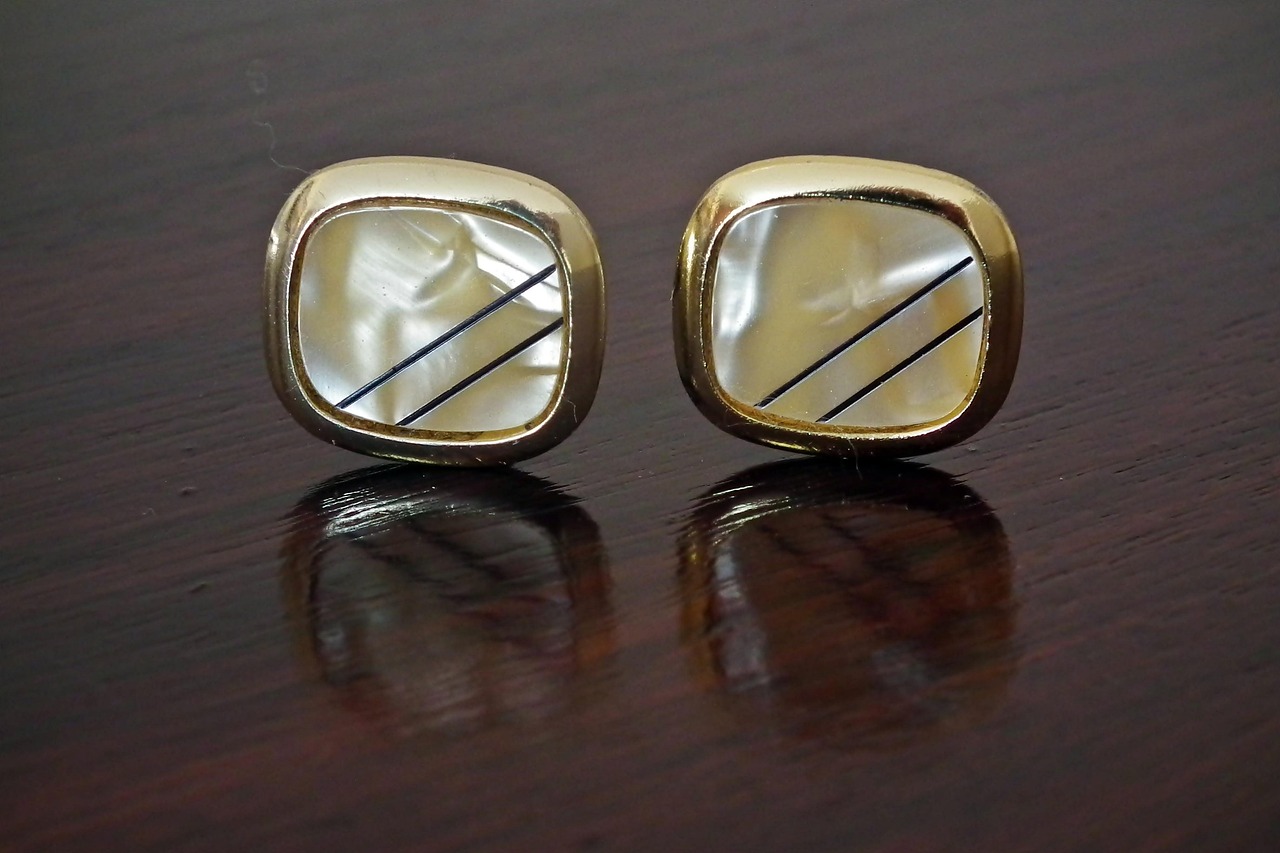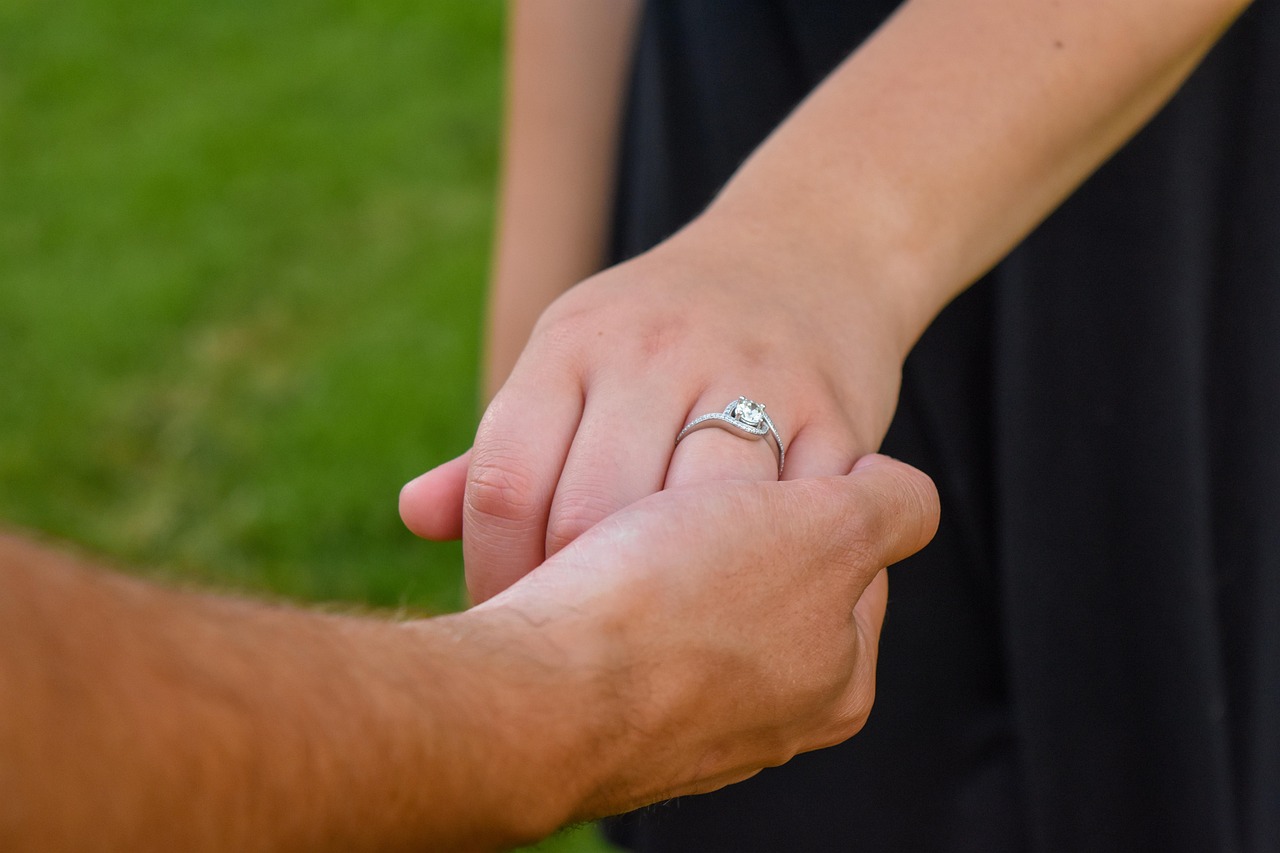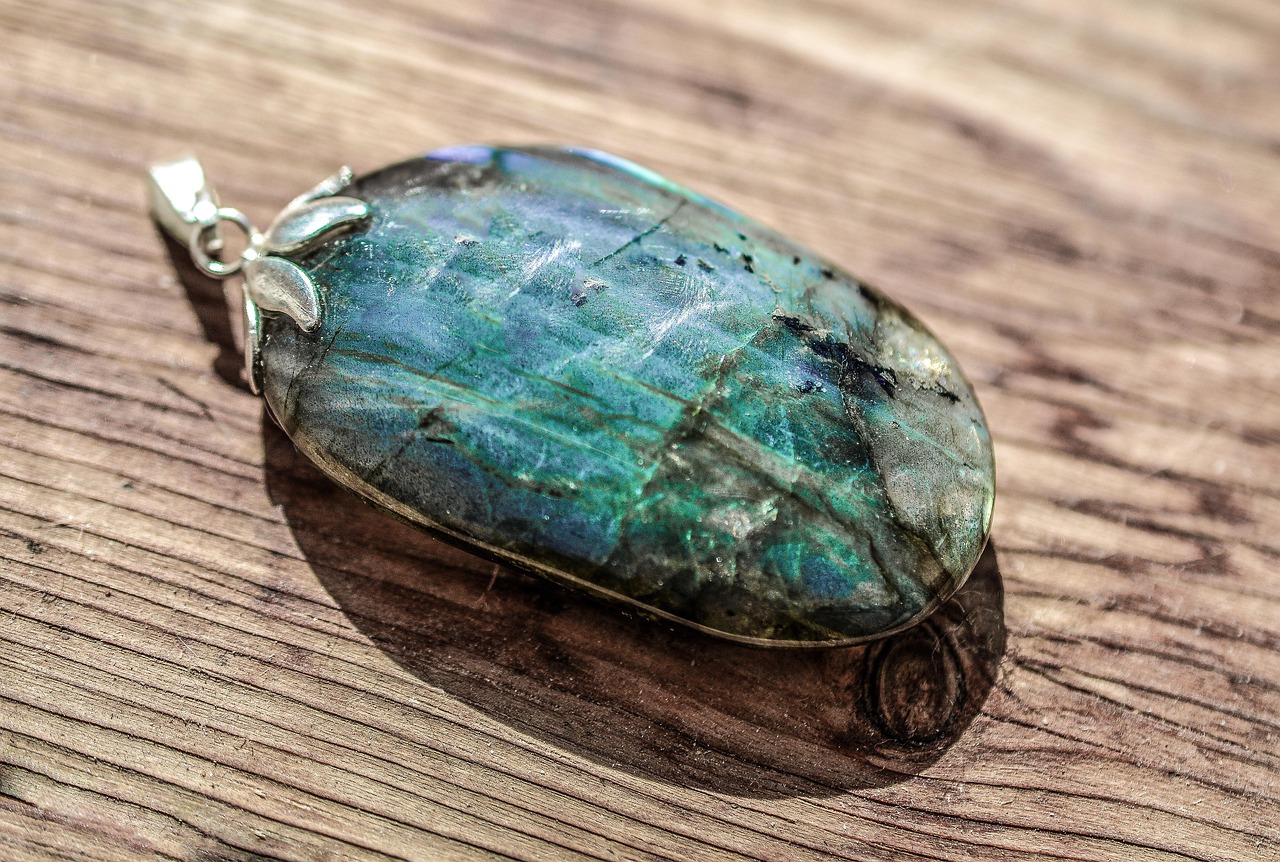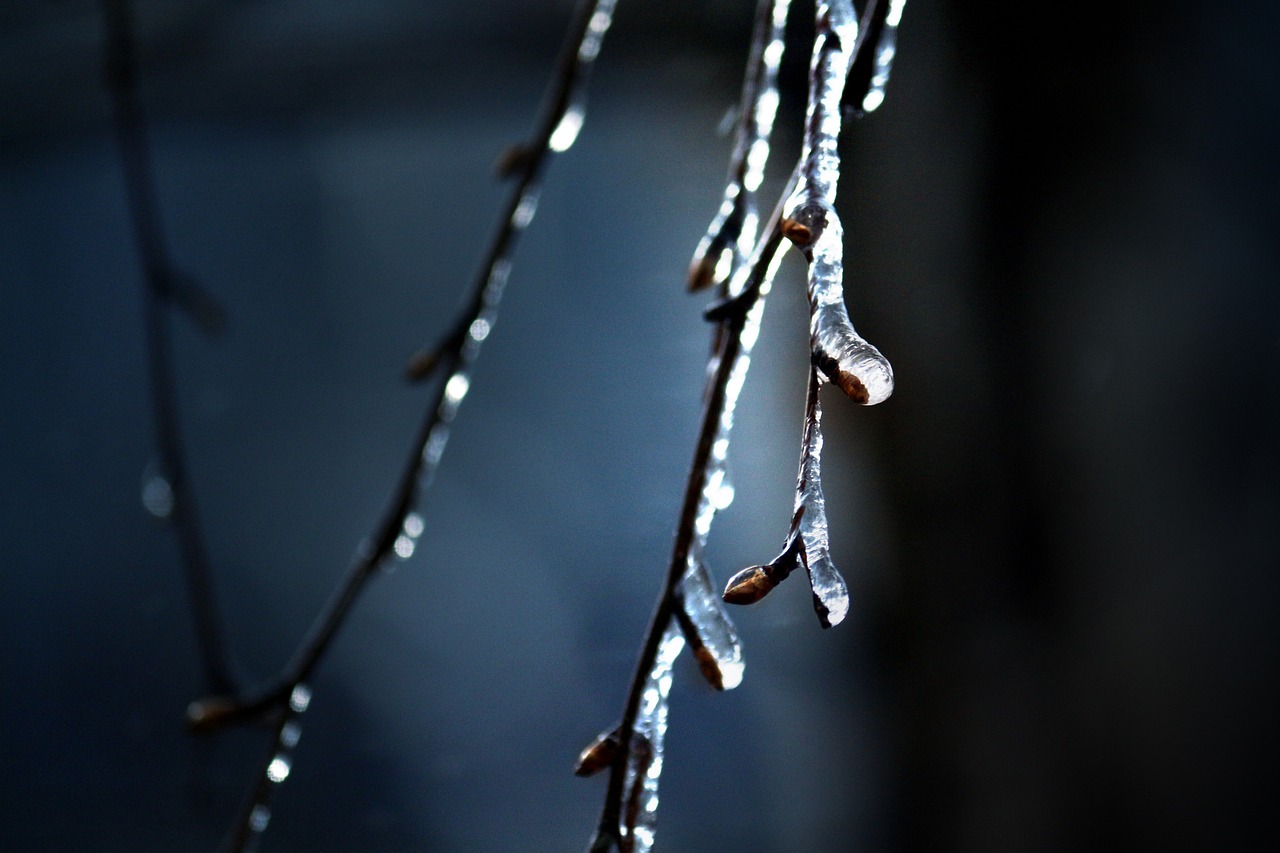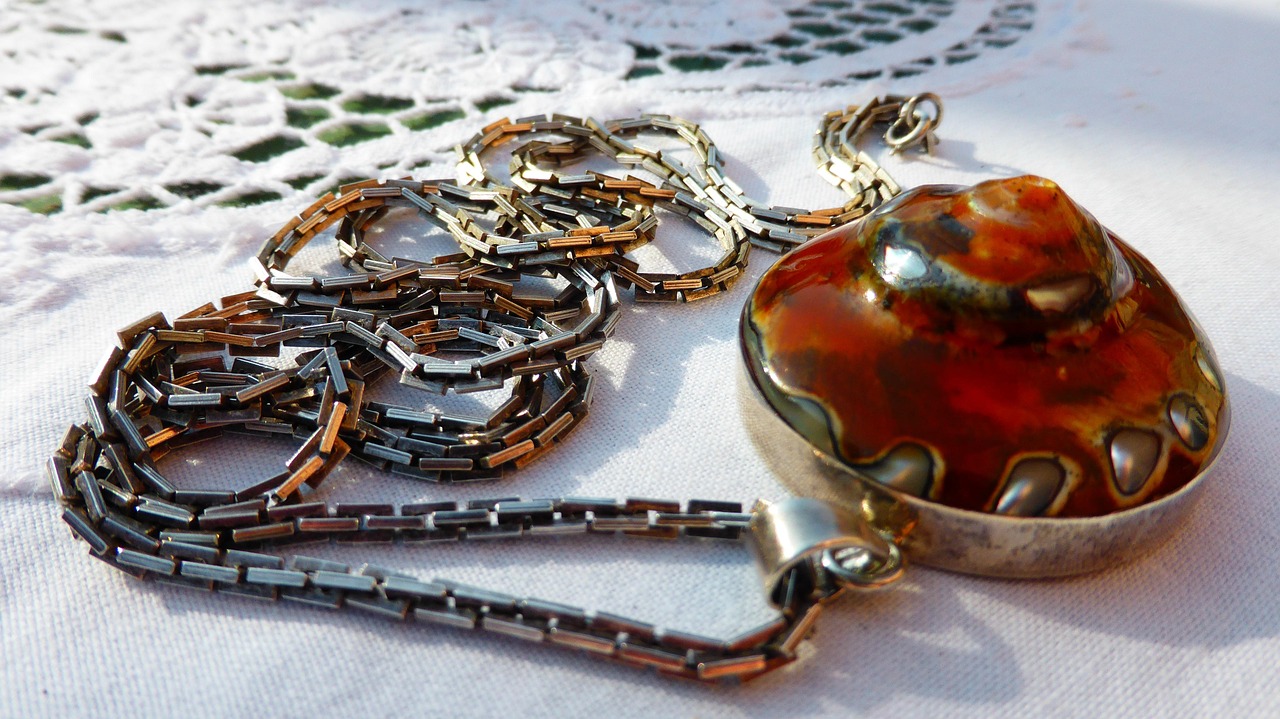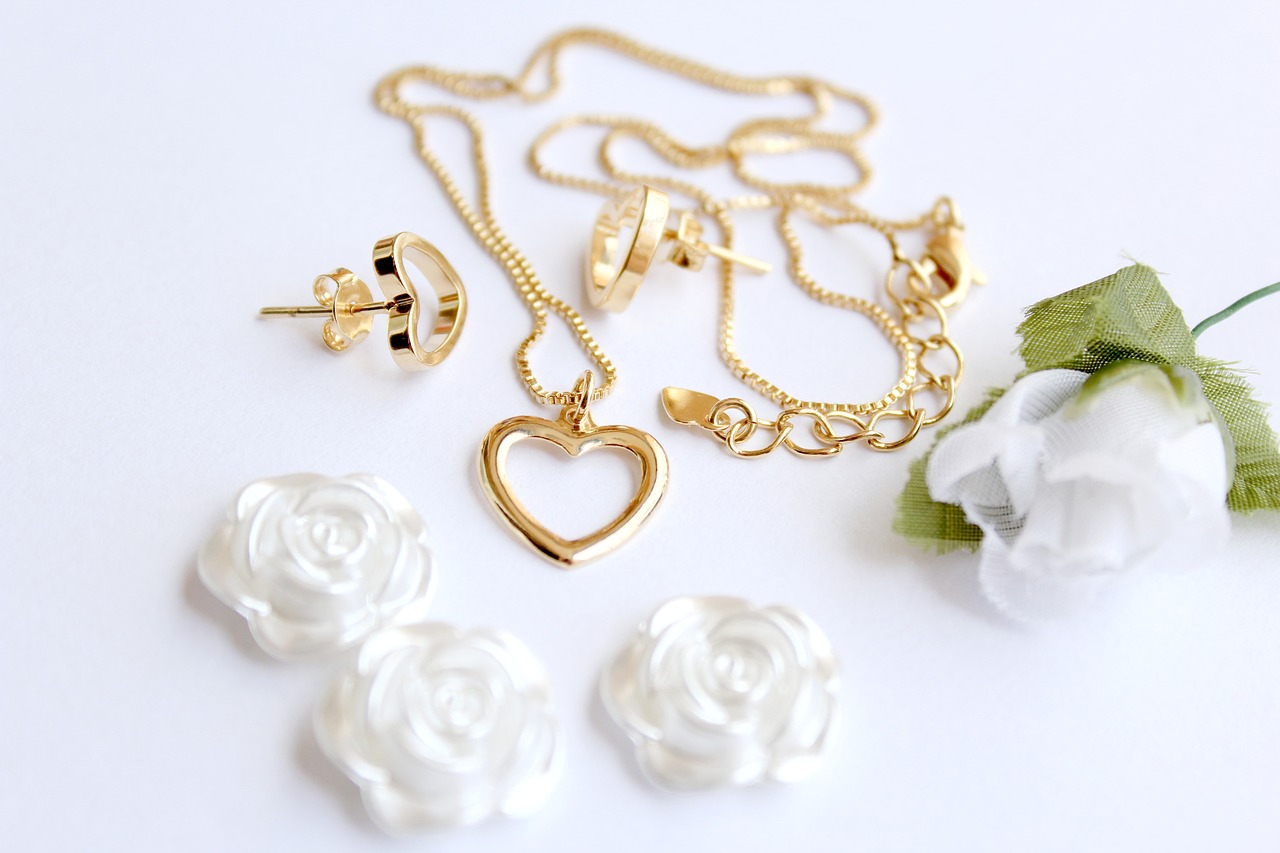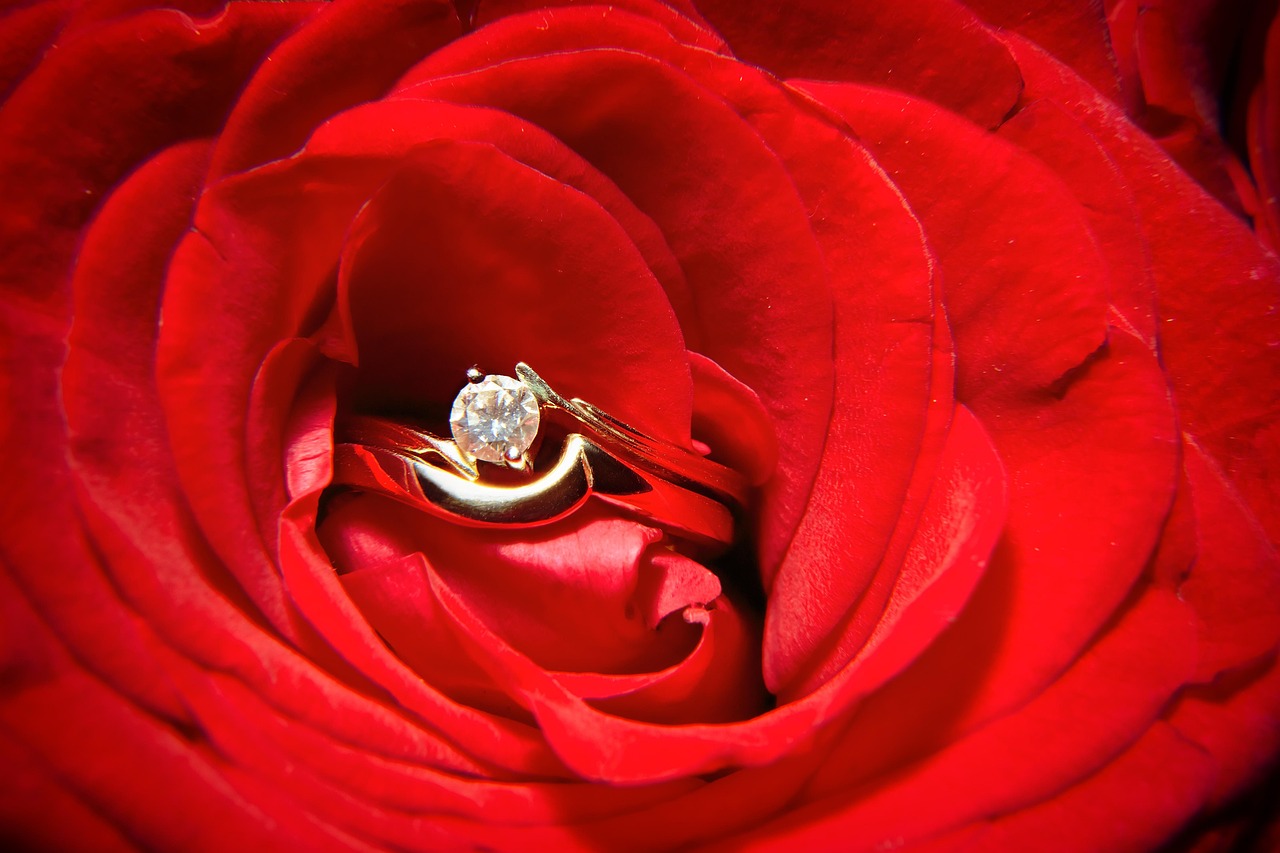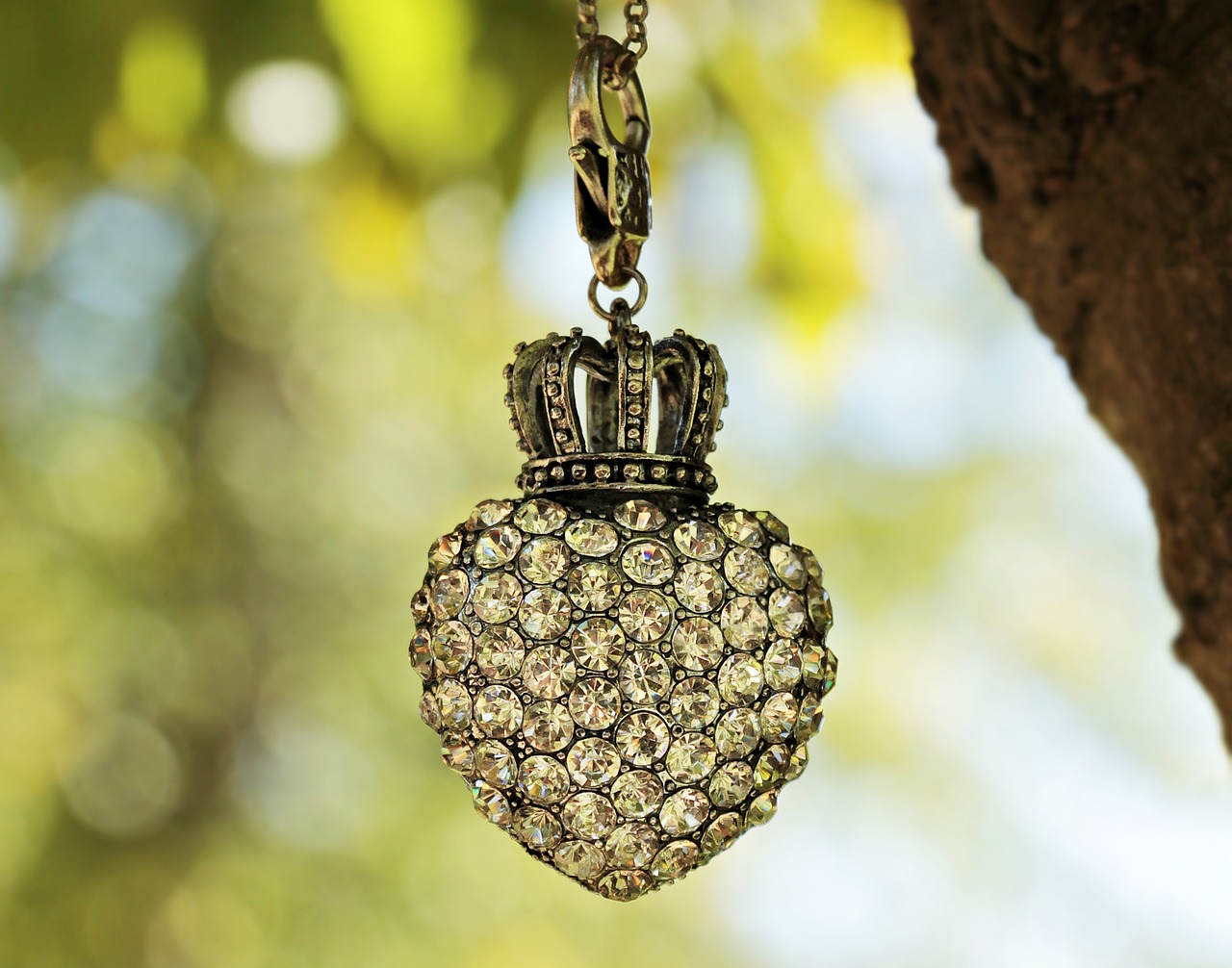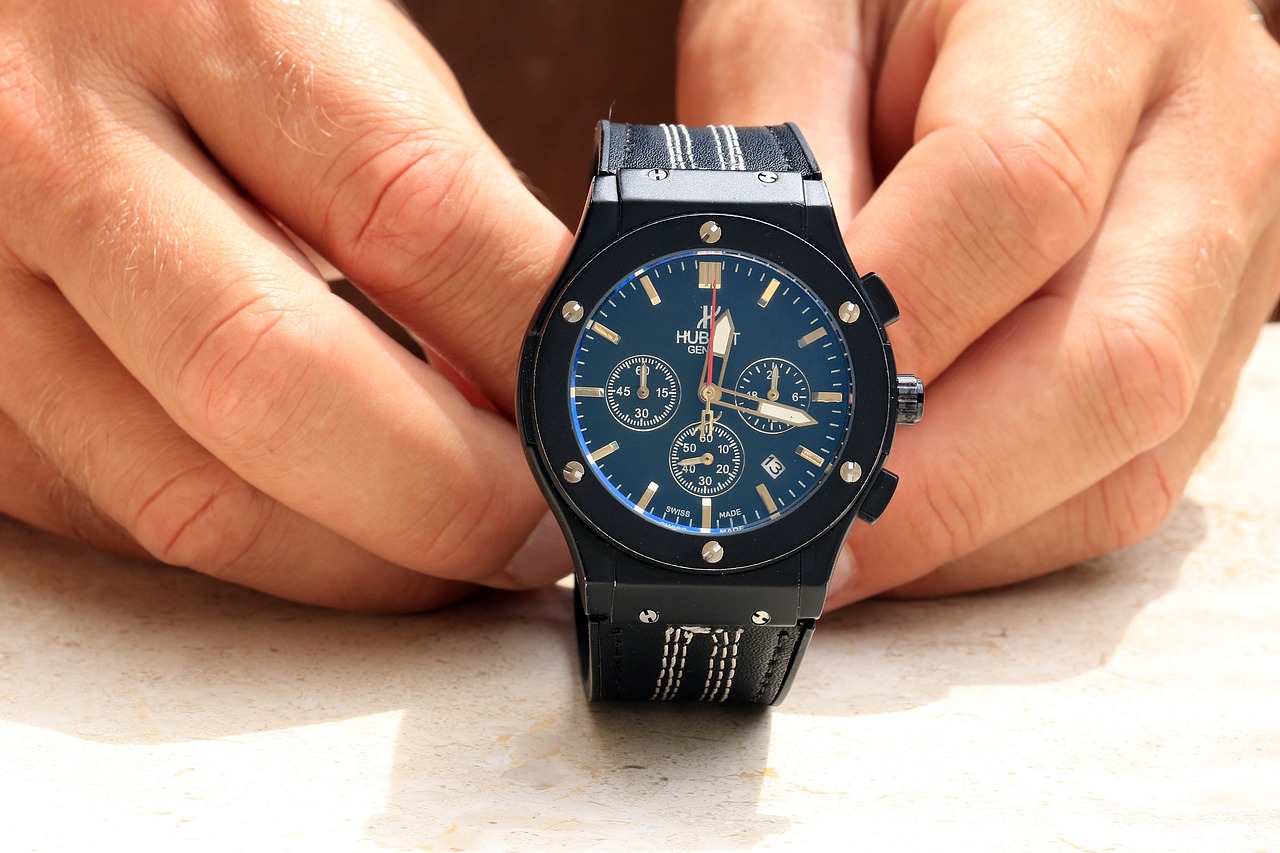This article provides essential insights on preserving family heirloom jewelry, ensuring its longevity and sentimental value for future generations. Learn practical tips and expert advice to maintain these treasured pieces.
Understanding the significance of preserving heirloom jewelry is crucial. It not only protects the monetary value but also maintains the emotional connection tied to family history and memories. Heirloom pieces often carry stories and legacies that deserve to be cherished and safeguarded.
Heirloom jewelry can be made from various materials, including gold, silver, platinum, and gemstones. Knowing these materials aids in understanding the specific care required for each type. For example:
- Gold: Durable but can tarnish; requires regular cleaning.
- Silver: Prone to tarnishing; needs special care to maintain shine.
- Platinum: Highly durable; less maintenance but should be cleaned regularly.
- Gemstones: Vary in hardness and sensitivity; each type has unique care requirements.
Cleaning heirloom jewelry requires special techniques to avoid damage. Discover safe cleaning methods that maintain the integrity and shine of your precious items. Some effective methods include:
- Warm Soapy Water: A gentle solution for most metals and gemstones.
- Soft Brushes: Ideal for reaching intricate designs without scratching.
- Professional Cleanings: Recommended for delicate pieces or those with intricate settings.
Using the right cleaning solutions is vital. Learn about gentle, non-toxic options that can effectively clean without harming delicate surfaces. Avoid harsh chemicals and opt for:
- Dish soap: A mild and effective cleaner.
- White vinegar: Useful for removing tarnish from silver.
- Specialized jewelry cleaners: Designed specifically for different materials.
Regular maintenance is key to preserving heirloom pieces. Find out the recommended cleaning frequency to keep your jewelry looking its best. It is generally advised to clean your jewelry:
- After every wear: Especially for pieces that come into contact with skin oils or lotions.
- Monthly: For pieces worn less frequently.
- Annually: For professional inspections and cleanings.
Proper storage is essential in preventing damage and wear. Explore effective storage solutions that protect your jewelry from environmental factors such as moisture and heat. Consider the following:
- Jewelry boxes: Soft-lined boxes prevent scratches.
- Anti-tarnish pouches: Ideal for silver pieces.
- Separate compartments: Prevents pieces from tangling and scratching one another.
Choosing the right storage options can make a difference. Discover various containers and methods that provide optimal protection for your heirloom jewelry. Some recommended storage solutions include:
- Wooden boxes: Attractive and protective.
- Plastic organizers: Affordable and functional.
- Drawer inserts: Keeps items organized and safe.
An organized collection makes it easier to access and appreciate your heirlooms. Learn tips for organizing your jewelry while ensuring it remains safe. Consider creating:
- Inventory lists: Document each piece with its history.
- Photo albums: Capture images of your collection along with stories.
- Display cases: Showcase pieces while keeping them protected.
Sometimes, professional help is necessary for restoration or repair. Understand when to consult a jeweler to ensure your heirloom pieces are preserved correctly. Signs that you need professional help include:
- Loose stones: Risk of loss or further damage.
- Broken clasps: Compromises security.
- Severe tarnishing: May require specialized cleaning.
Heirloom jewelry may require repairs over time. Familiarize yourself with common issues and how to address them to maintain the jewelry’s value and beauty. Common repairs include:
- Stone resetting: Necessary if a stone becomes loose.
- Chain repairs: For broken or weakened links.
- Tarnish removal: Restoring shine and luster.
Passing down jewelry involves more than just giving it away. Explore meaningful ways to share the stories and significance of your heirlooms with future generations. Consider creating:
- Storybooks: Document the history and meaning behind each piece.
- Family gatherings: Share the stories during special occasions.
- Personal notes: Attach notes to each piece explaining its significance.
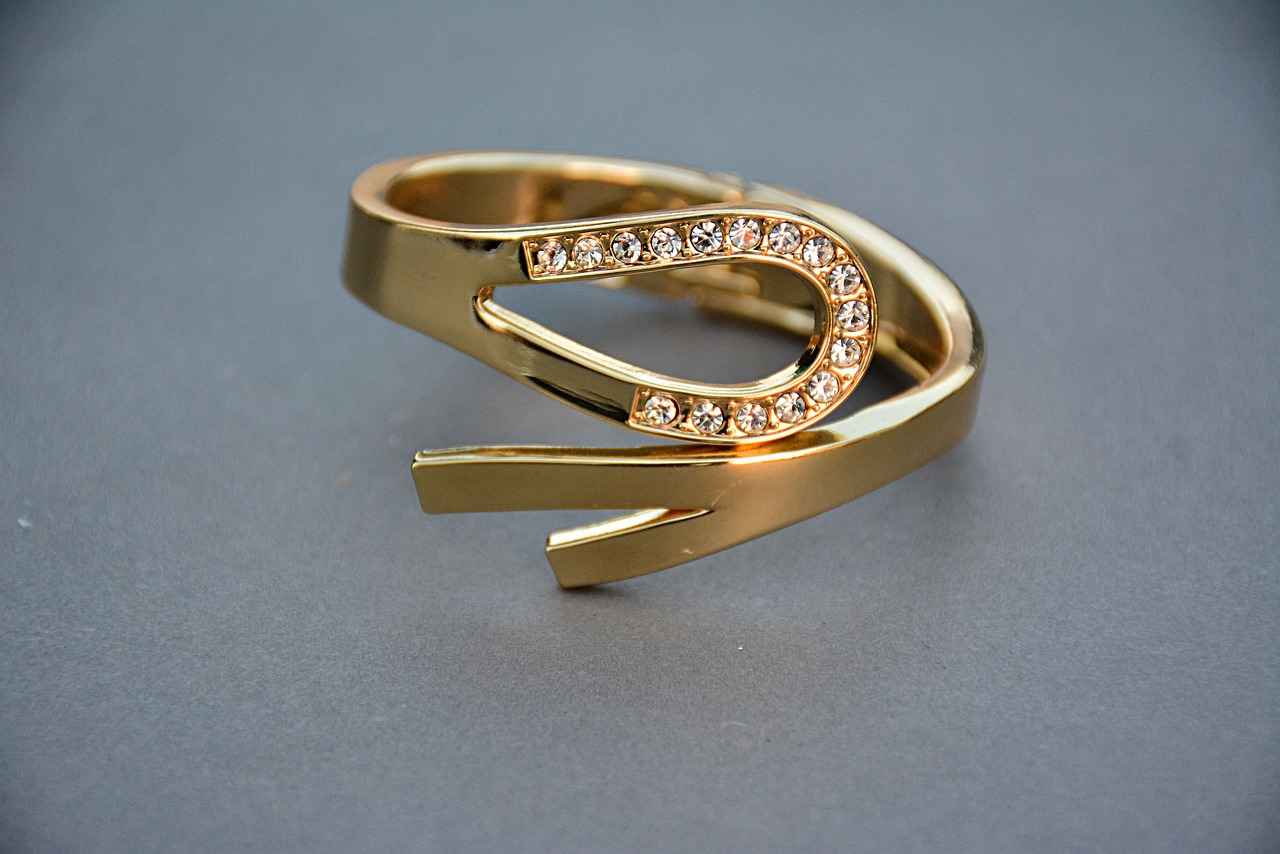
Why Is Jewelry Preservation Important?
Understanding the significance of preserving heirloom jewelry is crucial in today’s fast-paced world. These pieces are not merely adornments; they are repositories of family history, carrying stories and memories that span generations. The act of preserving such jewelry protects not only its monetary value but also the emotional connections tied to family heritage.
Heirloom jewelry often serves as a tangible link to our ancestors, representing their tastes, values, and experiences. Each piece tells a unique story, from the intricate designs that reflect the era of its creation to the special occasions on which it was worn. By preserving these items, we honor our family’s legacy and ensure that future generations can appreciate and connect with their roots.
Moreover, heirloom jewelry can appreciate in value over time, making it a sound investment. Gold, silver, and precious gemstones often increase in worth, especially if they are well-maintained. Neglecting to preserve these pieces could lead to a significant loss, both financially and sentimentally. Thus, understanding the importance of preservation can guide families in making informed decisions about care and maintenance.
Additionally, the emotional aspect of heirloom jewelry cannot be overstated. These pieces often carry sentimental value that transcends their physical form. They may symbolize love, commitment, or milestones celebrated within a family. Passing down these treasures allows families to share their history and values, fostering a sense of belonging and identity.
Furthermore, preserving heirloom jewelry encourages family traditions. Many families have rituals surrounding the gifting of such pieces, often during significant life events like weddings or anniversaries. These traditions help strengthen familial bonds and create lasting memories.
In summary, the importance of preserving heirloom jewelry lies in its dual role as a financial asset and a sentimental treasure. By taking the necessary steps to care for these items, families can ensure that both their monetary and emotional values are safeguarded for future generations. Understanding and appreciating the significance of these pieces can lead to a deeper connection with family history and a commitment to preserving it.
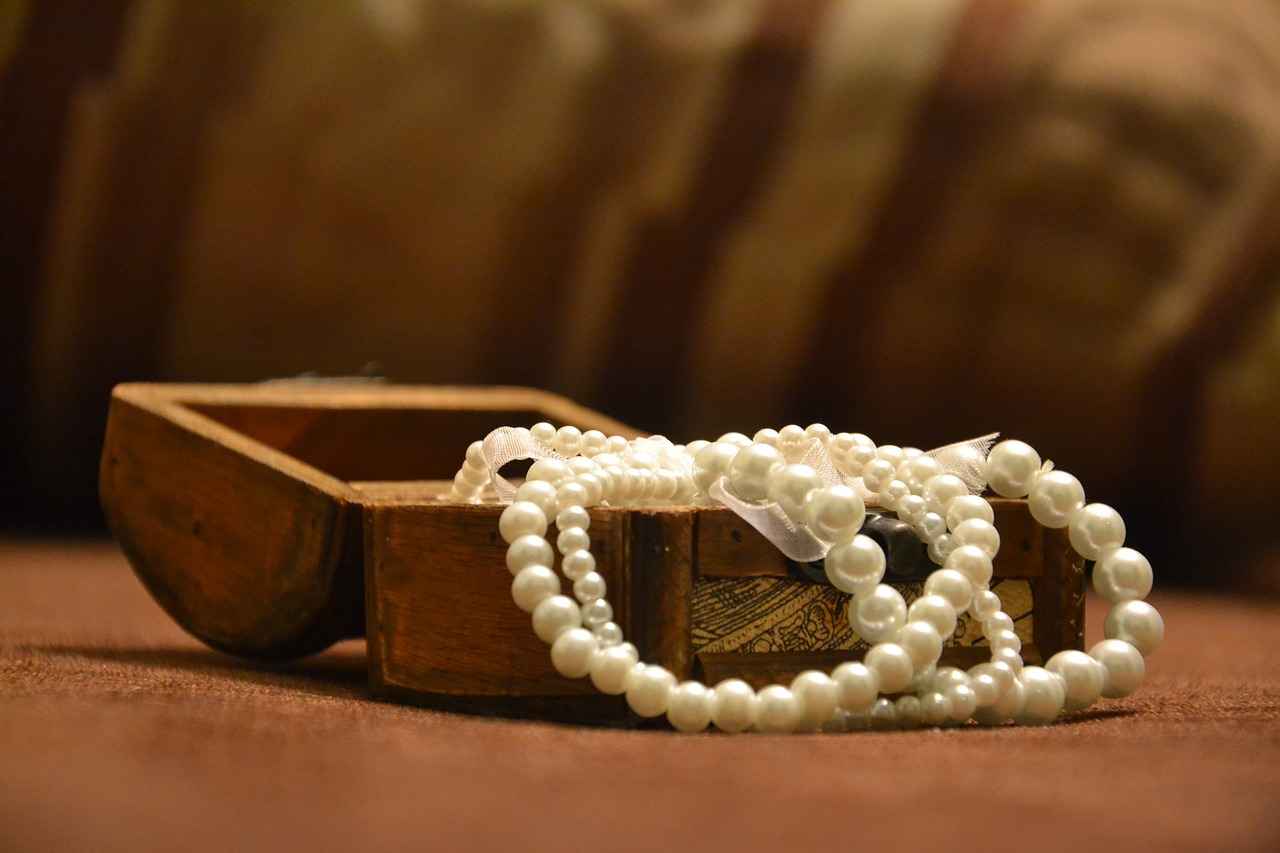
What Materials Are Commonly Used in Heirloom Jewelry?
Heirloom jewelry holds a special place in our hearts, often symbolizing cherished family memories and traditions. Understanding the materials that make up these beautiful pieces is crucial for their preservation. In this section, we will explore the various materials commonly used in heirloom jewelry, their unique properties, and the specific care each requires.
- Gold: Gold is one of the most popular materials for heirloom jewelry due to its durability and timeless appeal. It comes in various karats, with 24k being pure gold. However, lower karats such as 18k or 14k are often used for added strength. Gold jewelry should be cleaned with a soft cloth and mild soap solution to maintain its shine.
- Silver: Sterling silver, composed of 92.5% silver and other metals, is another common material in heirloom pieces. It is prone to tarnishing, so regular cleaning with a silver polish or a mixture of baking soda and water is essential to keep it looking its best. Store silver jewelry in anti-tarnish pouches or cloths to prevent oxidation.
- Platinum: Known for its exceptional strength and resistance to tarnishing, platinum is a premium choice for heirloom jewelry. It is hypoallergenic and ideal for sensitive skin. To care for platinum, use a mild soap solution and a soft brush to remove dirt and restore its luster.
- Gemstones: Many heirloom pieces feature precious or semi-precious stones such as diamonds, sapphires, and emeralds. Each gemstone has unique properties and care requirements. For instance, diamonds can be cleaned with a soft brush and soapy water, while softer stones like opals and pearls require gentle handling and should be kept away from harsh chemicals.
By understanding these materials, you can take the necessary steps to ensure that your heirloom jewelry remains in excellent condition. Each type of metal and gemstone requires specific care, and being aware of these needs will help you protect your treasured pieces for future generations.
In conclusion, knowing the materials used in heirloom jewelry not only aids in proper maintenance but also enhances the sentimental value of these items. Whether it’s a family heirloom passed down through generations or a cherished gift, preserving these pieces is essential for keeping family history alive.
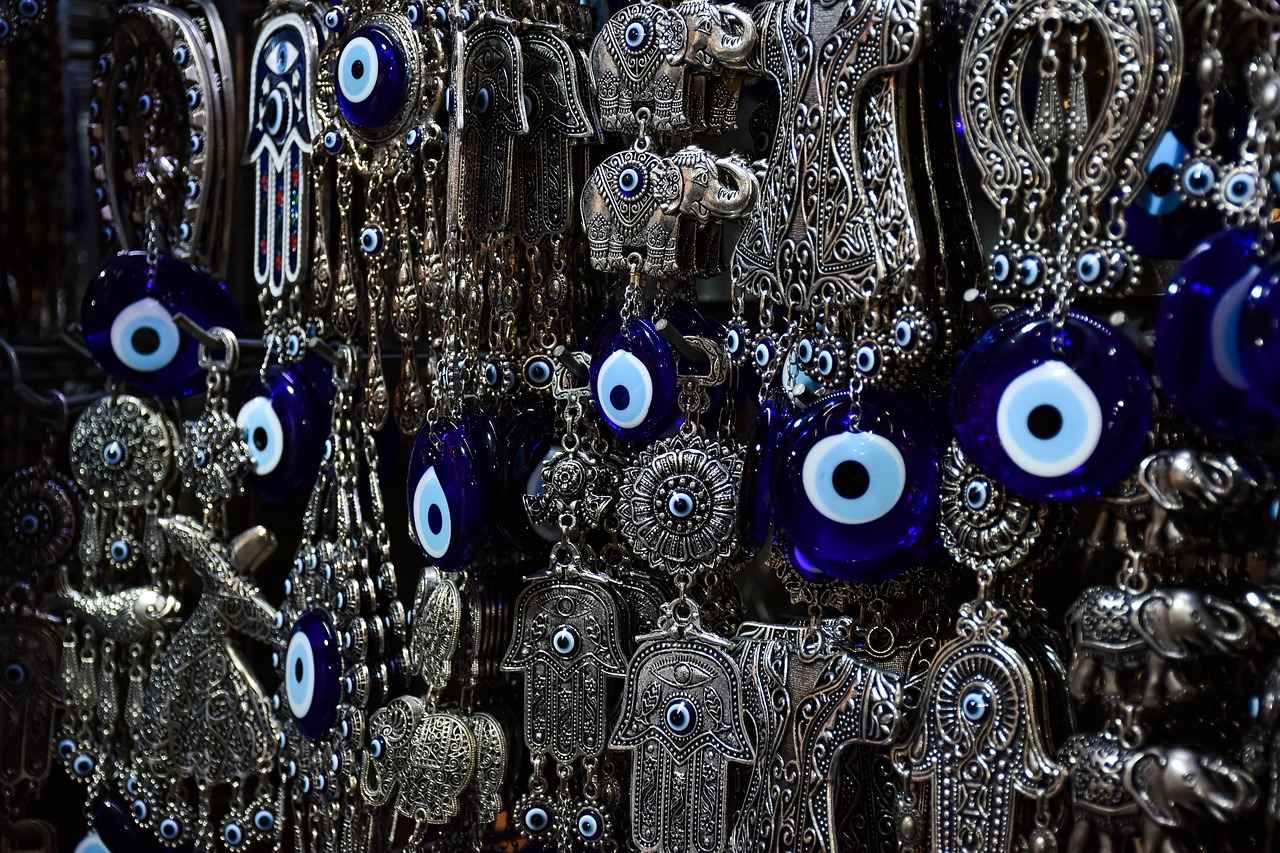
How to Clean Heirloom Jewelry Safely?
Cleaning heirloom jewelry is an essential aspect of preserving its beauty and integrity. These cherished pieces often carry significant sentimental value, making it crucial to employ safe cleaning methods that do not compromise their condition. In this section, we will explore effective techniques and solutions for cleaning heirloom jewelry without causing damage.
Heirloom jewelry can be delicate, often featuring intricate designs and fragile materials. Using improper cleaning methods can lead to scratches, loss of luster, or even irreversible damage. Therefore, understanding the right techniques is vital for maintaining the integrity and shine of your precious items.
- Gentle Soap and Water Solution: Mix a few drops of mild dish soap with warm water. Soak the jewelry for a few minutes, then gently brush with a soft toothbrush to remove dirt.
- Microfiber Cloth: Use a clean, dry microfiber cloth to polish the surface of the jewelry after cleaning. This will help restore its shine without scratching.
- Ultrasonic Cleaners: While these devices can be effective, they should be used with caution. Always check if your jewelry is suitable for ultrasonic cleaning, as some stones may be damaged.
When cleaning heirloom jewelry, it is crucial to avoid harsh chemicals that can cause damage. Here are some solutions to steer clear of:
- Bleach: This can corrode metals and damage gemstones.
- Ammonia: While effective for some cleaning tasks, ammonia can weaken certain materials.
- Commercial Cleaners: Many store-bought cleaners contain abrasive substances that can scratch delicate surfaces.
Regular maintenance is key to preserving heirloom pieces. It is generally recommended to clean your jewelry every three to six months, depending on how often you wear it. Frequent wear can lead to buildup of oils and dirt, necessitating more regular cleaning.
If your heirloom jewelry is heavily tarnished or shows signs of damage, it may be time to consult a professional jeweler. They have the expertise and tools to clean and restore your pieces safely. Additionally, if your jewelry features complex settings or unique materials, professional cleaning is advisable to avoid mishaps.
In conclusion, cleaning heirloom jewelry requires careful consideration and the right techniques to ensure its longevity and beauty. By following these guidelines, you can maintain the integrity of your cherished pieces, allowing them to be passed down through generations.
What Cleaning Solutions Should You Use?
When it comes to preserving the beauty and integrity of your family heirloom jewelry, using the right cleaning solutions is absolutely essential. Many traditional cleaning products can be too harsh, potentially damaging delicate surfaces. Instead, opting for gentle, non-toxic options can effectively clean your precious items without causing harm.
Heirloom jewelry often features intricate designs and delicate materials. Using harsh chemicals can lead to tarnishing, discoloration, or even physical damage. Gentle cleaning solutions help maintain the original luster and beauty of your jewelry, ensuring that it can be cherished for generations to come.
- Warm Soapy Water: A simple mixture of warm water and a few drops of mild dish soap can effectively remove dirt and grime. Soak your jewelry for a few minutes and gently scrub with a soft brush.
- Baking Soda Paste: Combine baking soda with water to create a paste. This natural abrasive can help lift tarnish without scratching the surface. Apply gently and rinse thoroughly.
- Vinegar Solution: A mixture of equal parts white vinegar and water can be used for cleaning silver and gold. Soak for a short time, then rinse and dry completely.
- Olive Oil and Lemon Juice: This combination is great for cleaning gold jewelry. The acidity of lemon juice helps cut through grease, while olive oil adds shine.
Understanding the specific materials used in your heirloom pieces is crucial for safe cleaning. For instance:
- Gold: Use warm soapy water or a gentle baking soda paste to clean.
- Silver: Avoid harsh chemicals; opt for vinegar or a baking soda paste.
- Gemstones: Research the specific gemstone, as some may be sensitive to certain cleaning methods.
Having the right tools can make the cleaning process easier and safer. Consider using:
- Soft Brushes: A soft toothbrush or a dedicated jewelry brush can help reach intricate details without scratching.
- Microfiber Cloths: These are perfect for polishing and drying your jewelry without causing damage.
- Soft Towels: Use these to gently pat dry your pieces after cleaning.
Regular maintenance is key to preserving heirloom pieces. Depending on how often you wear your jewelry, consider cleaning it every few months. If you notice any buildup of dirt or tarnish, it’s best to clean it immediately to prevent long-term damage.
In conclusion, choosing the right cleaning solutions is vital in maintaining the beauty and integrity of your family heirloom jewelry. By opting for gentle, non-toxic options and using the right tools, you can effectively clean your treasured pieces without causing harm. This careful approach ensures that your jewelry remains a cherished part of your family’s history for years to come.
How Often Should You Clean Your Jewelry?
Maintaining the beauty and integrity of your heirloom jewelry is essential for preserving its value and sentimental significance. Regular cleaning is a crucial aspect of jewelry care, ensuring that your treasured pieces remain as stunning as the day they were passed down to you. But how often should you clean your jewelry to keep it looking its best?
Understanding the Cleaning Frequency
The frequency with which you should clean your jewelry largely depends on how often you wear it and the environment in which it is worn. For instance:
- Daily Wear: If you wear your jewelry daily, especially rings or bracelets, it’s advisable to clean them every two weeks. This helps remove dirt, oils, and other residues that accumulate over time.
- Occasional Wear: For pieces worn less frequently, such as special occasion jewelry, a thorough cleaning once every few months should suffice.
- After Exposure to Chemicals: If your jewelry has been exposed to chemicals, such as perfumes, lotions, or cleaning agents, it’s essential to clean it immediately to prevent damage.
Signs That Your Jewelry Needs Cleaning
In addition to following a cleaning schedule, there are specific signs that indicate your jewelry may need immediate attention:
- Dull Appearance: If your jewelry looks less shiny or has lost its luster, it’s time for a cleaning.
- Visible Dirt or Grime: Any visible buildup on your jewelry is a clear sign that it needs to be cleaned.
- Skin Reactions: If you notice skin irritation or discoloration after wearing your jewelry, it may be due to accumulated oils and dirt.
Safe Cleaning Methods
When cleaning heirloom jewelry, it’s important to use safe methods that won’t damage the materials. Here are some recommended approaches:
- Soft Cloth: Use a soft, lint-free cloth to gently wipe down your jewelry after each wear.
- Warm Soapy Water: For a deeper clean, soak your jewelry in warm, soapy water for a few minutes, then gently scrub with a soft brush.
- Professional Cleaning: Consider having your heirloom pieces professionally cleaned once a year to ensure they receive the care they need.
Final Thoughts
Regular maintenance is key to preserving your heirloom jewelry. By establishing a cleaning routine based on how often you wear your pieces and paying attention to their condition, you can keep them looking beautiful for generations to come. Remember, the right care today will ensure that your cherished jewelry remains a part of your family’s legacy.
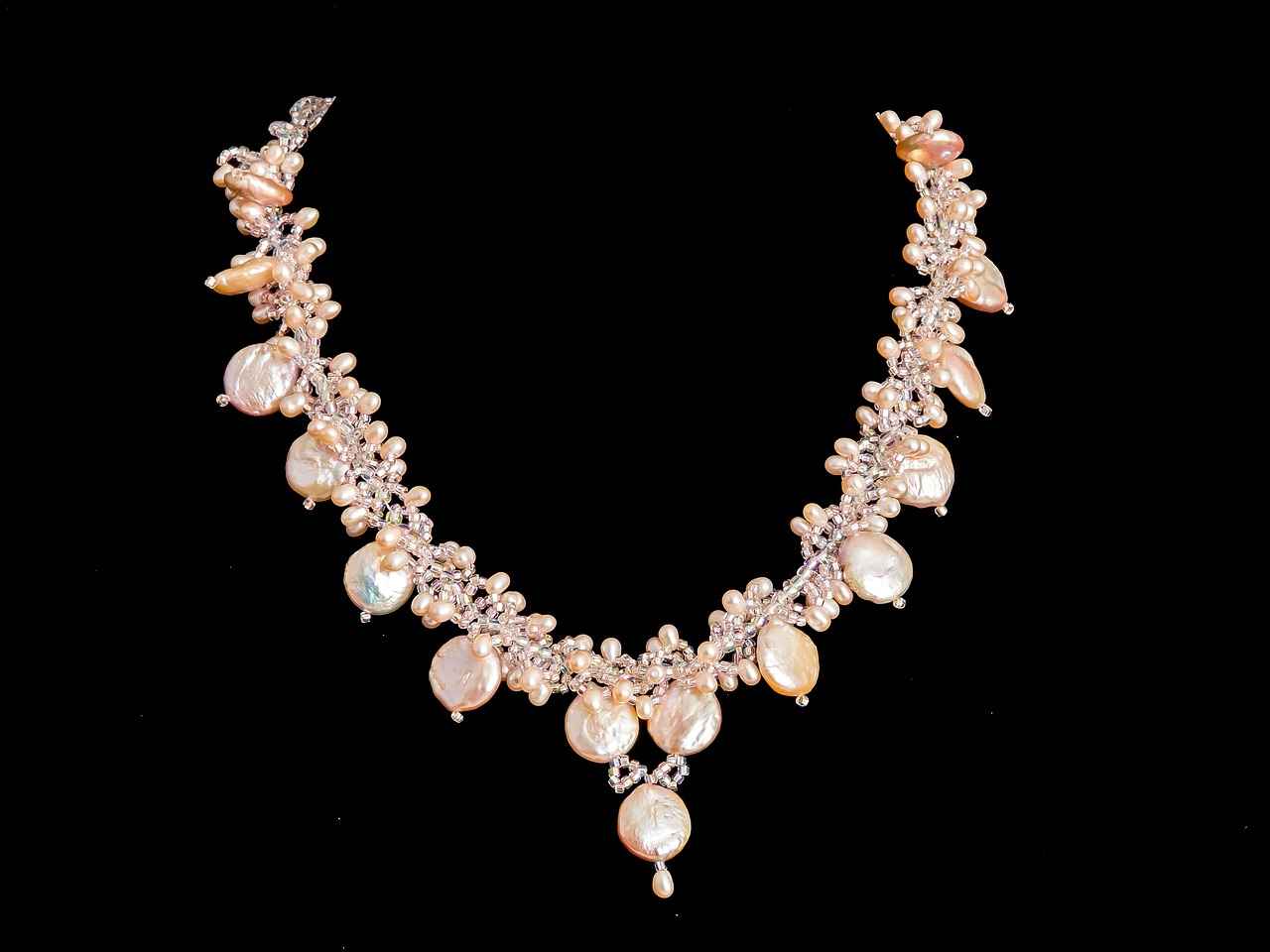
How to Store Heirloom Jewelry Properly?
Proper storage is crucial in preserving the beauty and integrity of heirloom jewelry. Over time, exposure to environmental factors such as humidity, light, and temperature fluctuations can lead to wear and damage. Therefore, understanding effective storage solutions is essential for ensuring these treasured pieces remain in excellent condition for future generations.
Heirloom jewelry often carries significant sentimental value and can be a substantial financial investment. Proper storage not only protects these pieces from physical damage but also helps maintain their emotional significance. By implementing effective storage practices, you can prevent tarnishing, scratching, and other forms of wear that may compromise their beauty.
Choosing the right storage options can greatly impact the longevity of your jewelry. Here are some effective solutions:
- Jewelry Boxes: Invest in a high-quality jewelry box with compartments lined with soft fabric to prevent scratching. Look for boxes that are anti-tarnish to protect silver pieces.
- Soft Pouches: Use soft pouches made of cloth for individual pieces, especially delicate items. This method minimizes friction and protects against scratches.
- Display Cases: If you want to showcase your jewelry, consider using display cases with glass covers to keep dust at bay while allowing you to admire your collection.
An organized jewelry collection not only makes it easier to find specific pieces but also helps in maintaining their condition. Here are some tips:
- Sort by Type: Group similar items together, such as necklaces, bracelets, and earrings. This makes it easier to locate what you need.
- Labeling: Consider labeling compartments or pouches with the type of jewelry or even the occasion for which it was worn.
- Regular Inventory: Conduct a regular inventory of your collection. This practice helps in keeping track of your pieces and identifying any that may require maintenance.
When storing heirloom jewelry, it’s important to consider the environment in which they are kept. Here are some factors to keep in mind:
- Humidity: High humidity can lead to tarnishing and corrosion. Store jewelry in a cool, dry place, and consider using silica gel packets to absorb excess moisture.
- Light Exposure: Prolonged exposure to sunlight can fade gemstones and damage certain materials. Store jewelry away from direct sunlight to prevent discoloration.
- Temperature Fluctuations: Avoid storing jewelry in places with extreme temperature changes, such as attics or basements. A stable environment helps maintain their condition.
If you plan to travel with heirloom jewelry, take extra precautions to ensure their safety:
- Travel Cases: Use a travel jewelry case with secure compartments to keep pieces safe and organized.
- Insurance: Consider insuring valuable pieces before traveling. This provides peace of mind in case of loss or damage.
- Carry-On: Always keep your jewelry in your carry-on luggage rather than checked bags to minimize the risk of loss.
In summary, the proper storage of heirloom jewelry is vital for preserving both its physical condition and emotional significance. By utilizing the right storage solutions, considering environmental factors, and maintaining an organized collection, you can ensure that your cherished pieces remain beautiful and valuable for generations to come.
What Are the Best Storage Options?
When it comes to preserving your cherished heirloom jewelry, proper storage is crucial. Choosing the right storage options can significantly impact the longevity and condition of these precious pieces. Below, we explore various containers and methods that provide optimal protection for your heirloom jewelry.
Heirloom jewelry often carries not only monetary value but also deep sentimental significance. Proper storage helps prevent tarnishing, scratching, and other forms of damage that can occur over time. By utilizing the right storage techniques, you can ensure that these treasures remain in excellent condition for future generations.
- Jewelry Boxes: Investing in a high-quality jewelry box with soft, padded compartments can protect your pieces from scratches and dust. Look for options with individual slots for rings, necklaces, and earrings.
- Anti-Tarnish Pouches: For silver jewelry, consider using anti-tarnish pouches or cloths. These specially designed materials help absorb moisture and prevent tarnishing.
- Silica Gel Packs: Including silica gel packs in your storage containers can help absorb excess moisture, further protecting your jewelry from environmental damage.
- Individual Cloth Bags: Soft, breathable cloth bags are ideal for storing individual pieces. They prevent scratching and allow the jewelry to breathe.
- Safe Deposit Boxes: For particularly valuable pieces, a safe deposit box at a bank offers the highest level of security and protection from theft or natural disasters.
Organizing your jewelry collection not only makes it easier to find your favorite pieces but also ensures that they are stored safely. Here are some tips:
- Sort by Type: Group similar items together—rings, necklaces, bracelets, and earrings. This will help you quickly locate what you need.
- Use Labels: If you have multiple storage containers, consider labeling them for easy identification.
- Regularly Review Your Collection: Periodically check your jewelry for any signs of damage or wear, allowing you to address issues promptly.
When storing heirloom jewelry, it’s important to consider environmental factors that can affect its condition:
- Temperature and Humidity: Store your jewelry in a cool, dry place. High humidity can lead to tarnishing and corrosion.
- Light Exposure: Keep your jewelry away from direct sunlight, which can fade gemstones and damage certain materials.
- Air Quality: Avoid storing jewelry in areas with high levels of pollutants, as these can lead to tarnishing and degradation.
By following these guidelines and utilizing the best storage options available, you can effectively protect your heirloom jewelry, ensuring that its beauty and significance endure for generations to come.
How to Organize Your Jewelry Collection?
Organizing your jewelry collection is not just about aesthetics; it is also about preserving the integrity of your heirlooms. A well-organized collection allows you to easily access and appreciate each piece, while also ensuring they remain safe from damage. Here are some effective tips for organizing your jewelry collection:
Jewelry organization is crucial for several reasons:
- Accessibility: An organized collection makes it easier to find and wear your favorite pieces.
- Protection: Proper storage minimizes the risk of tangling, scratching, or other damage.
- Appreciation: Displaying your jewelry in an organized manner allows you to enjoy the beauty and history of each piece.
Here are some practical tips to help you organize your jewelry collection:
- Use Dividers: Invest in jewelry organizers with compartments or dividers. This will keep your pieces separated and prevent them from clumping together.
- Categorize Your Jewelry: Group your jewelry by type (e.g., earrings, necklaces, bracelets) or by occasion (e.g., everyday wear, formal events). This makes it easier to find what you need.
- Consider Display Options: Use decorative trays, stands, or wall-mounted displays to showcase your jewelry. This not only organizes but also beautifies your space.
While organizing, it’s essential to ensure the safety of your pieces:
- Avoid Direct Sunlight: Store your jewelry away from direct sunlight to prevent fading and damage to materials.
- Keep Away from Humidity: Use silica gel packets in your storage to absorb moisture, which can tarnish metals and damage gemstones.
- Regularly Check Your Collection: Periodically inspect your jewelry for any signs of wear or damage, ensuring timely repairs.
There are various storage solutions to consider:
- Jewelry Boxes: These are classic options that come with various compartments and padding to protect your pieces.
- Drawer Organizers: If you prefer to keep your jewelry in a drawer, consider using organizers to keep everything tidy.
- Travel Cases: For those who travel frequently, a travel case with secure compartments can keep your jewelry safe and organized on the go.
To keep your jewelry collection organized in the long run, consider these tips:
- Routine Maintenance: Set a schedule to reorganize and clean your jewelry collection every few months.
- Limit New Additions: Be selective about adding new pieces to your collection. This will help maintain organization and prevent clutter.
- Document Your Collection: Keep an inventory of your jewelry, noting details such as purchase dates and any sentimental stories attached to each piece.
By implementing these strategies, you can create an organized jewelry collection that not only looks beautiful but also preserves the sentimental value of your heirlooms for future generations.
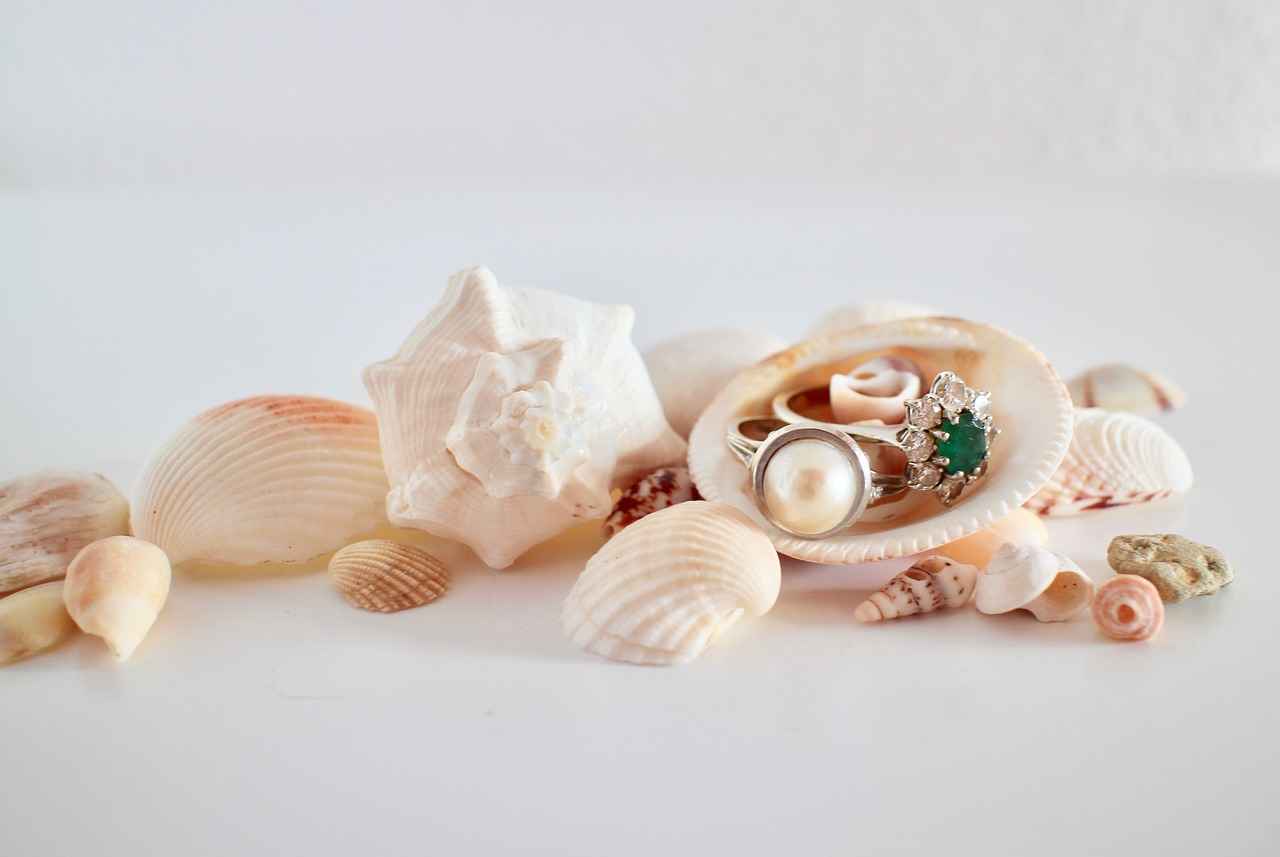
When Should You Seek Professional Help?
When it comes to preserving family heirloom jewelry, understanding when to seek professional help is essential. While many minor issues can be addressed at home, certain situations necessitate the expertise of a skilled jeweler. This section will explore the signs that indicate it’s time to consult a professional, ensuring your treasured pieces are properly cared for and maintained.
Jewelry can endure wear and tear over the years, leading to potential damage that may not be immediately visible. Look for the following signs:
- Loose Stones: If you notice any gemstones wobbling in their settings, it’s crucial to seek help. A professional can securely re-set stones to prevent loss.
- Bent or Broken Prongs: The prongs holding your stones in place are vital for their security. If they appear bent or broken, a jeweler can repair or replace them.
- Scratches and Dents: Over time, jewelry can accumulate scratches or dents. A jeweler can polish and restore the original finish of your pieces.
Sometimes, jewelry may require more than just minor repairs. Restoration can involve:
- Refurbishing Antique Pieces: Antique jewelry often needs special care to maintain its integrity. A professional can assess the piece and determine the best restoration approach.
- Replacing Missing Parts: If any components of your jewelry, such as clasps or links, are missing, a jeweler can create replacements that match the original design.
While some repairs can be tackled at home, others are complex and require specialized tools and skills. For instance:
- Resizing Rings: Altering the size of a ring can affect its structure. A jeweler has the expertise to resize without compromising the design.
- Repairing Chains: Broken chains might seem simple to fix, but improper repairs can lead to future breakage. A professional can ensure a secure and lasting fix.
Heirloom jewelry often carries significant emotional value alongside its monetary worth. Seeking professional help ensures that these pieces are preserved correctly, maintaining their beauty and significance for future generations. A jeweler can also provide advice on caring for your jewelry, ensuring it remains in excellent condition.
When you decide to consult a jeweler, it’s important to know what to expect:
- Initial Assessment: The jeweler will examine your piece and discuss any concerns you have.
- Estimate of Costs: You will receive a detailed estimate of the repair or restoration costs before any work begins.
- Timeline for Repairs: The jeweler will provide a timeline for the completion of the work, so you know when to expect your jewelry back.
In conclusion, knowing when to seek professional help for your heirloom jewelry is crucial for its preservation. By recognizing signs of damage, understanding restoration needs, and consulting a qualified jeweler, you can ensure that your cherished pieces remain beautiful and meaningful for generations to come.

What Are Common Repairs for Heirloom Jewelry?
Heirloom jewelry holds immense sentimental value, often passed down through generations. However, over time, these cherished pieces may require repairs to maintain their beauty and integrity. Understanding the common issues that can arise and how to address them is essential for preserving their value.
Heirloom jewelry can experience a variety of issues due to wear and tear, environmental factors, or even accidents. Familiarizing yourself with these common repairs can help you act swiftly and maintain the jewelry’s condition.
- Loose Stones: One of the most frequent issues is the loosening of gemstones. This can occur due to regular wear or impacts. If you notice a stone wobbling or shifting, it’s crucial to have it reset by a professional jeweler to prevent loss.
- Broken Clasps: Clasps are often the first to show signs of wear. A broken clasp can lead to losing your jewelry. Regularly inspect clasps for signs of damage and consider having them replaced or repaired to ensure security.
- Worn Settings: Over time, the settings that hold your stones may become worn. This can compromise the security of the stones. A jeweler can re-tipped or replace settings to restore their strength.
- Scratches and Dents: Gold, silver, and platinum can scratch and dent, diminishing the jewelry’s appearance. Professional polishing can remove surface scratches and restore the shine of your heirloom pieces.
- Chain Breaks: Necklaces and bracelets often have delicate chains that can break. If this happens, a jeweler can repair or replace the chain, ensuring your piece remains wearable.
- Discoloration: Some metals may tarnish or discolor over time, especially if not stored properly. Cleaning and polishing can restore the original luster, but in severe cases, replating may be necessary.
While some minor issues can be handled at home, such as cleaning or checking for loose stones, many repairs should be left to professionals. Here are some tips to ensure your heirloom jewelry is cared for properly:
- Regular Inspections: Schedule regular check-ups with a jeweler to catch issues early. This proactive approach can save you from costly repairs later.
- Choose a Trusted Jeweler: When seeking repairs, select a jeweler with experience in handling heirloom pieces. Their expertise will ensure the work is done correctly.
- Document Repairs: Keep a record of all repairs and maintenance performed on your jewelry. This documentation can be valuable for insurance purposes and for future generations.
By understanding the common repairs needed for heirloom jewelry and how to address them, you can ensure that these precious pieces remain beautiful and meaningful for years to come. Investing time and care into their maintenance not only preserves their physical condition but also the memories and stories attached to them.
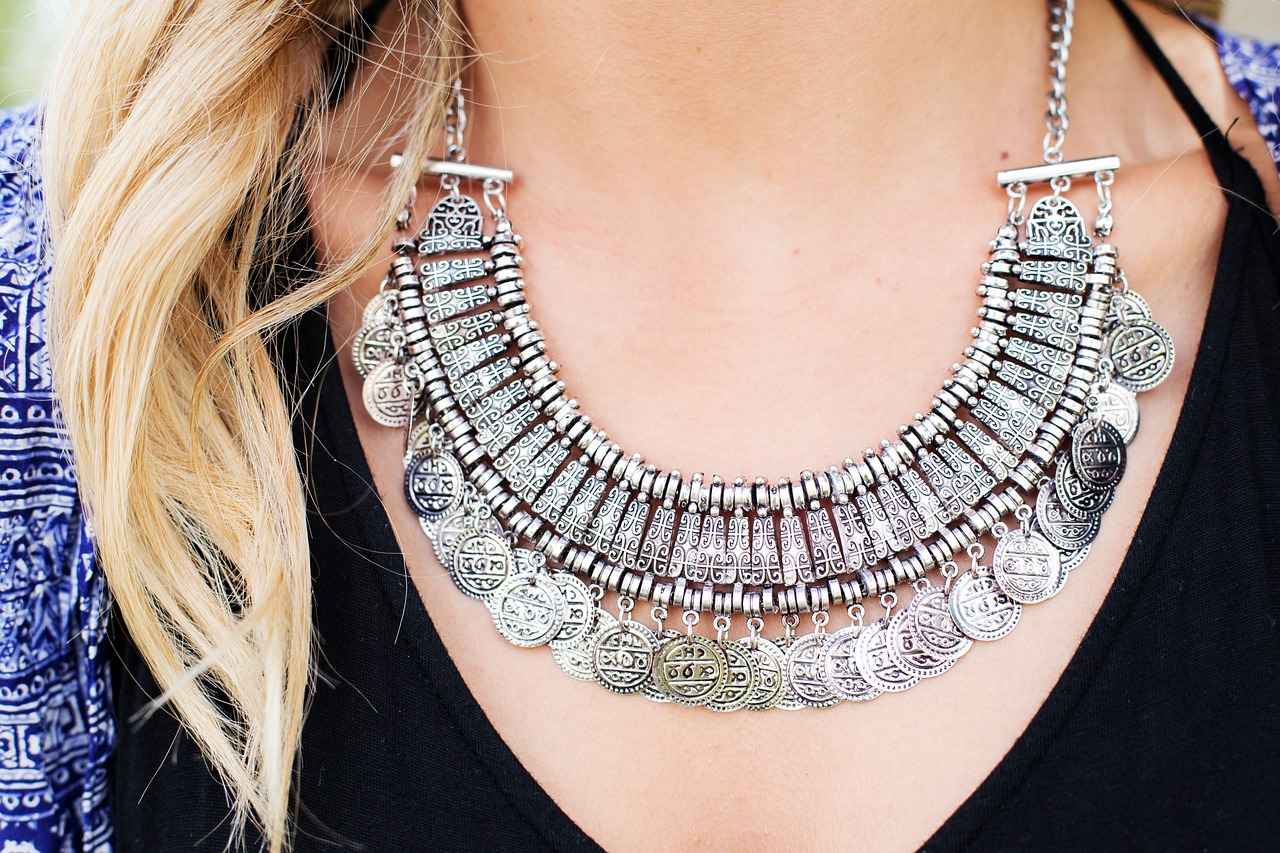
How to Pass Down Heirloom Jewelry to Future Generations?
Passing down family heirloom jewelry is a profound way to keep your family’s legacy alive. It is not merely about transferring ownership; it involves sharing the rich stories and sentimental value that each piece carries. Here, we explore meaningful ways to ensure that your treasured jewelry remains a part of your family’s narrative for generations to come.
Every piece of jewelry has a story. Whether it was worn during a significant family event or passed down through generations, these narratives enrich the significance of the jewelry. By sharing these stories, you not only enhance the emotional connection but also instill a sense of pride and responsibility in the younger generation. They learn to appreciate the heritage and the craftsmanship behind each piece.
- Document the History: Write down the stories associated with each piece. Include details like who wore it, the occasion, and any memorable events linked to it.
- Involve the Family: Encourage family members to share their memories related to the jewelry. This can create a collective narrative that strengthens family bonds.
- Use Technology: Consider creating a digital archive. Use photos and videos to document the jewelry and its stories, making it accessible for future generations.
When passing down jewelry, presentation matters. Here are some ideas:
- Personalized Gifts: Present the jewelry as a gift during significant family milestones such as weddings, graduations, or anniversaries.
- Storytelling Sessions: Organize family gatherings where you can share the history of the jewelry while passing it down. This creates a memorable experience.
- Jewelry Boxes with History: Consider gifting a beautiful jewelry box that includes the documented stories. This adds an extra layer of thoughtfulness.
Before passing down jewelry, ensure it is well-maintained. Provide care instructions to the new owner, including:
- Cleaning Techniques: Share safe cleaning methods to maintain the jewelry’s shine and integrity.
- Storage Tips: Advise on the best ways to store the jewelry to prevent damage, such as using anti-tarnish pouches or padded boxes.
- Regular Inspections: Encourage periodic checks for wear and tear, and suggest seeking professional help if needed.
Choosing the right person to pass down your heirloom jewelry is crucial. Consider the following:
- Interest and Appreciation: Select someone who shows interest in the family history and appreciates the value of the jewelry.
- Emotional Connection: Think about family members who have a strong emotional connection to the piece. They are likely to cherish it more.
- Future Generations: Consider the potential for future generations. Passing down jewelry to someone with children can help continue the legacy.
In conclusion, passing down heirloom jewelry is a meaningful act that goes beyond the physical transfer of items. It is about preserving family stories, fostering connections, and ensuring that the legacy lives on. By sharing the significance of each piece, you not only enrich the lives of your loved ones but also create a lasting bond that transcends time.
Frequently Asked Questions
- How can I tell if my heirloom jewelry needs cleaning?
If your jewelry looks dull or has lost its shine, it’s likely time for a cleaning. Additionally, if you notice any buildup of dirt or grime, it’s a good sign that your cherished pieces need some TLC.
- What is the best way to clean gold heirloom jewelry?
For gold jewelry, a gentle solution of warm water and mild dish soap works wonders. Use a soft brush to gently scrub, then rinse and dry thoroughly. Avoid harsh chemicals that can damage the finish.
- Should I store my jewelry in a safe or a jewelry box?
While both options are good, a jewelry box with individual compartments can help prevent scratches and tangling. Just make sure it’s kept in a cool, dry place away from direct sunlight to avoid damage.
- When is it necessary to consult a professional jeweler?
If your jewelry has significant damage, such as broken clasps or loose stones, it’s best to seek professional help. They can provide expert repairs that ensure your heirloom remains beautiful and intact.
- How can I make my heirloom jewelry meaningful for future generations?
Share the stories behind each piece with your loved ones. Consider creating a small booklet or video that explains the history and significance of the jewelry, making it a treasured family heirloom for years to come.

